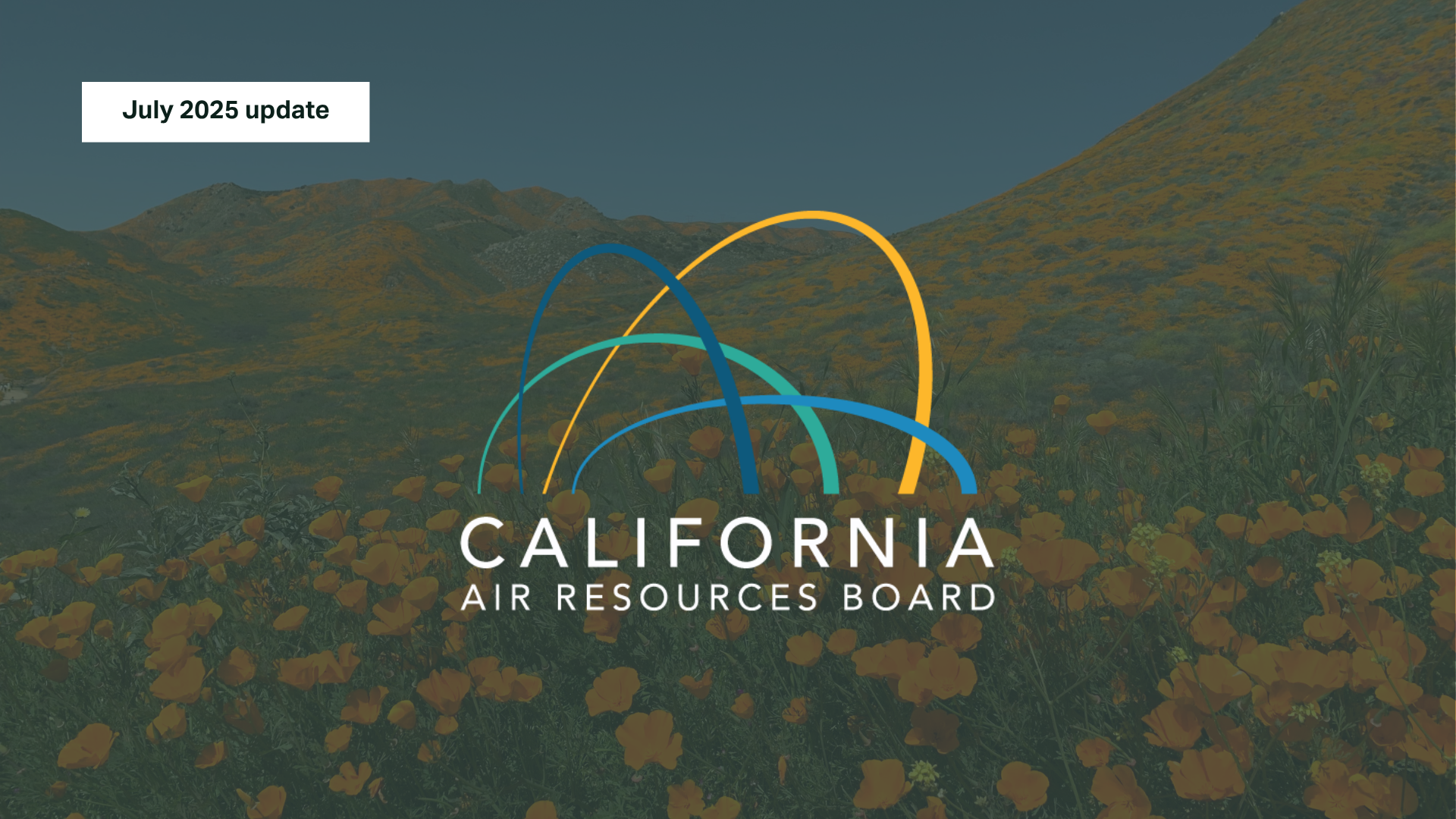Natural carbon sinks absorb more carbon from the atmosphere than they emit and help to keep levels of Earth’s atmospheric carbon dioxide in balance. All throughout our planet, there are different sources of carbon sinks that are some of our best natural tools for fighting climate change. So, which are the major carbon sinks?
The ocean is the Earth’s largest natural carbon sink and absorbs about 25% of atmospheric carbon dioxide released when humans burn fossil fuels. The ocean functions as a natural carbon sink because of atmospheric diffusion and the abundance of photosynthetic organisms, such as algae and phytoplankton, that extract and store atmospheric carbon dioxide in the ocean.
While oceans naturally reduce the most atmospheric carbon dioxide, forests and soil are also big helpers too. Forests absorb twice as much carbon dioxide as they put out. Their primary role is photosynthesizing carbon dioxide from the atmosphere and releasing oxygen back into the atmosphere.
Soil absorbs 75% of the total carbon found in terrestrial ecosystems, taking in the carbon to process it through the carbon cycle. Because of photosynthesis and inorganic processes, atmospheric carbon dioxide is captured and stored, helping to stabilize carbon in solid and dissolved forms that prevent it from warming the atmosphere.
Today, humans are releasing more carbon into the atmosphere and impacting the balance of the carbon cycle more than ever before. So whether it’s our oceans, our forests or even our soil, it’s important that we work hard to preserve our natural carbon sinks.
Click here to learn more about our investment in the Burnt Mountain Forestry Project and Kootznoowoo Forestry Project, which both help preserve natural resources, enabling carbon sinks to do their jobs.










